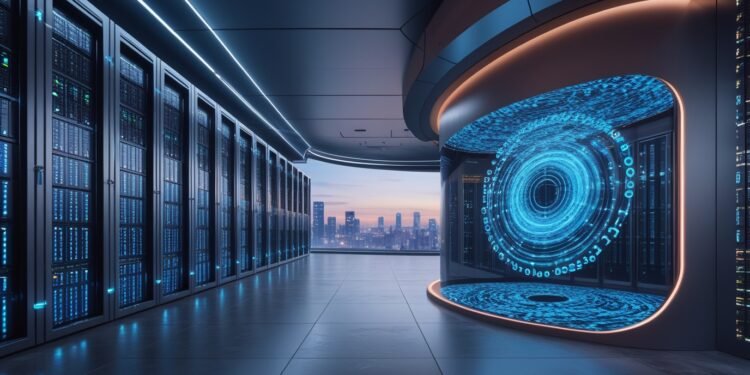By Marc Mawhirt
In the early waves of digital transformation, the message was clear: migrate everything to the cloud. Enterprises rushed to offload their data centers, driven by promises of agility, scalability, and lower costs.
But in 2025, a new reality is settling in — cloud repatriation is no longer a rare exception. It’s a strategic, deliberate shift happening across industries as companies bring certain workloads back home.
This isn’t a failure of cloud computing. It’s a sign of maturity. As businesses deepen their use of AI, data analytics, and global operations, they’re realizing that one-size-fits-all public cloud models aren’t always optimal. Today, the smartest enterprises are rethinking their architectures, embracing hybrid strategies, and moving key assets back on-premises or into private clouds.
Why Companies Are Repatriating in 2025
1. AI Compute Costs Are Skyrocketing
AI workloads — especially model training and inferencing at scale — have driven massive demand for GPUs and specialized infrastructure.
Public cloud providers offer premium services — but at premium prices.
The cost of long-running AI training jobs and intensive inferencing across large language models (LLMs) is pushing cloud bills to unsustainable levels.
Companies building their own private AI clusters are finding lower total cost of ownership (TCO) and better performance control.
Example:
Financial and healthcare organizations are now building private GPU farms to avoid multi-million-dollar monthly cloud expenses.
2. Data Sovereignty and Privacy Demands
Global data privacy regulations are tightening. Nations are enforcing stricter rules on where citizen data can reside and how it must be protected.
Public cloud replication can lead to compliance nightmares.
By moving sensitive workloads back on-premises, companies meet regulations like:
- GDPR (Europe)
- CCPA (California)
- India’s DPDP Act
- China’s PIPL
Example:
Multinational banks are repatriating customer financial records to local data centers to avoid massive regulatory exposure.
3. Performance and Latency Requirements
Certain critical applications — like edge computing, IoT, and high-frequency trading — cannot tolerate cloud latency.
For industries where microseconds matter, compute resources must be physically close to the source.
Example:
Automotive companies developing real-time autonomous driving models now run heavy simulation workloads locally for speed and control.
4. Cloud Bills Are Exploding
Cloud sprawl is real.
Between zombie compute instances, unexpected storage costs, and outrageous egress fees, companies are seeing skyrocketing cloud bills.
Heavy, predictable workloads are being moved home to:
- Eliminate unpredictable fees
- Cut total costs
- Reduce vendor lock-in risks
Example:
A major video streaming service moved massive content archives back to private storage clusters, slashing storage costs by 40%.
What Workloads Are Coming Home?
Repatriation is selective — not everything is moving.
The most common workloads moving back include:
- AI model training and fine-tuning
- Big data lakes and analytics
- Financial compliance and record-keeping
- Critical SaaS backends
- Real-time media processing (e.g., video transcoding)
- High-frequency trading applications
Public clouds are still ideal for elastic, lightweight workloads — but heavy, expensive, sensitive operations are coming home.
Hybrid Cloud Isn’t Dying — It’s Maturing
Repatriation doesn’t mean abandoning cloud.
It means evolving to a smarter model with:
- Private clouds using Kubernetes, OpenStack, or VMware
- Hybrid connections between on-prem and cloud
- Multi-cloud strategies to optimize costs and flexibility
In 2025, the new mindset is:
Cloud-smart. Data-smart. AI-smart.
Conclusion: Strategic Flexibility Wins
The future isn’t “all cloud” or “no cloud.”
The smartest companies in 2025 are building flexible architectures — placing each workload exactly where it makes sense based on:
- Cost
- Compliance
- Performance
- Control
Cloud repatriation isn’t retreat — it’s strategic maturity.
Home is sometimes where the heart — and the workload — truly belongs.


















